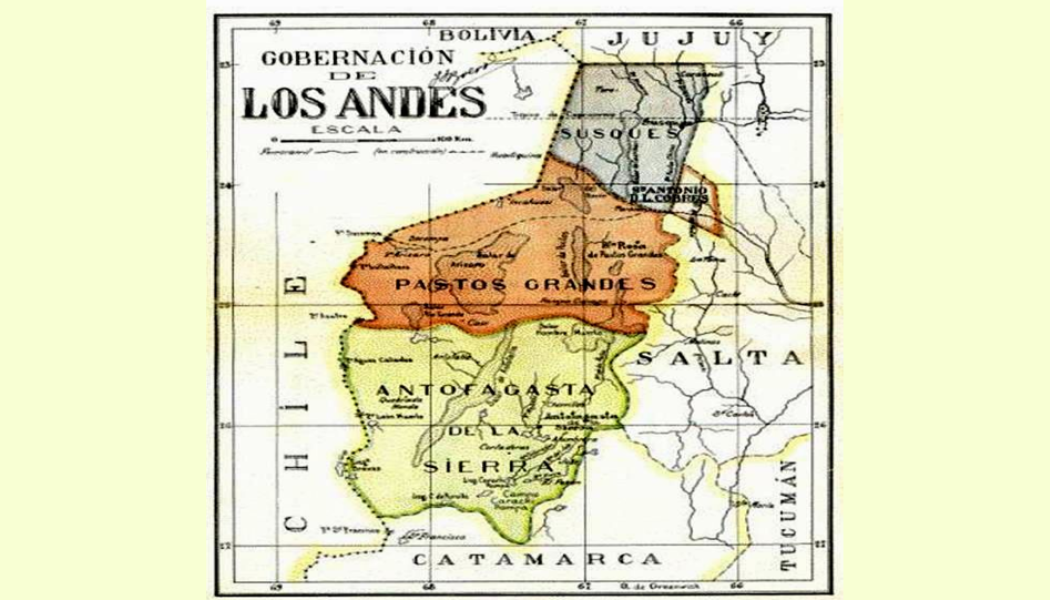Explore Issues
- Arts and Culture
- Decolonizing Thought
- Environmental Justice
- Health
- Languages and Education
- Science
- Social and Gender Justice
- Uncategorized
Filter by Country
-

The Voice of Ckuri: The Revitalization of the Kunza Language in the Salta Puna Region, Argentina
We agreed to meet at a linguistics conference in the city of Salta. Our common interests were joining the sessions on glottopolitics and sociolinguistics and scant opportunities to discuss current research on the country’s indigenous languages. We wondered whether the topic had made it on the research and academic linguistic event’s agenda, after the United…
-

Mujer de Plata, Women Against Machismo
Red shoes with notes about femicides in Potosí and the Mujer de Plata
-

Meet the First Generation of Awasqa Youth Scholars
It is with great joy that we want to introduce the first eight young Awasqa Youth Scholarship recipients! The main objective of the Awasqa Youth Scholarship is to create networks across Latin America and to give visibility to the work of Black and indigenous youth who are leading in the fields of community journalism, communication…
-

Bolivia: The March for the Earth, the territory and for identity, returns home
FROM THE EDITORS: After close to 100 days of resistance in Bolivia’s lowlands, indigenous representatives of the newly created Parlamento de la Naciones Indígenas de la Amazonía, Oriente y Chaco bolivianos (PNIAOC) decided to return home without the hoped dialogue with Luis Arce’s government, which instead organized parallel events to undermine this indigenous movement. The…
-

Pachamama, Pachamamistas, and Other Labels: A Few Notes of Caution
In political debates in general, as well as in discussions about development strategies, it is very common to appeal to generalized and, therefore, ambiguous labels. Among the best known cases are the use of words like indigenous or Indian, and more recently, Pachamama. Some believe that it is enough to mention them to turn their…
-

Thinking the World from Bolivia
FROM THE EDITORS: Bolivia, before Evo, during his government and even after the coup, is a complex universe understood best by those who live its daily dynamic reality. That is why we turn to Rafael Bautista, an indigenous Bolivian philosopher, who makes an in-depth analysis of the political reality of his country. We leave you…
-

Bolivia, The Disaster Solution
Awasqa has the honor of sharing an article by a Bolivian writer, philosopher and director of the Bolivian Decolonization Workshop, Rafael Bautista, author of the book El tablero del siglo XXI. Geopolítica des-colonial de un orden global post-occidental (The gameboard of the 21st century. De-colonial geopolitics of a post-Western global order).Some clarifying points. First, it was…
-

Weaving Memories: Cultural identity and sustainable development in the Bolivian highlands of La Paz and Oruro
FROM THE EDITORS: Behind the magic of Andean weaving, there is science, a social commitment, cultural interaction, history, and community resilience. Based on historical documentation, scientists have found Andean weavings as old as 1400 BC that were woven at Acllahuasi (quechua for “House of the Chosen Ones”), Inca ceremonial centers where women were in charge…